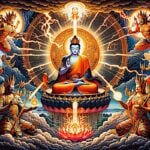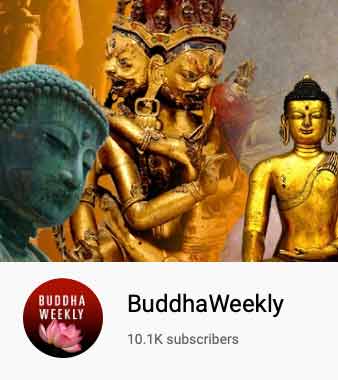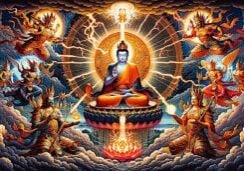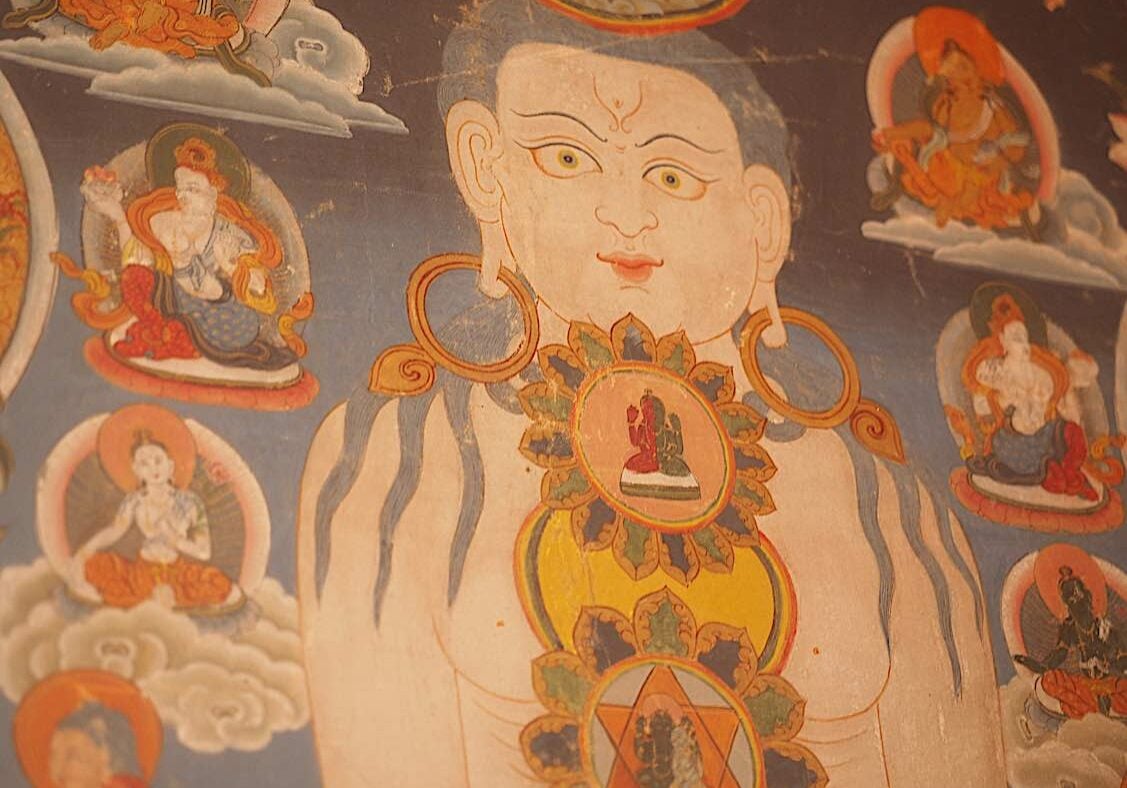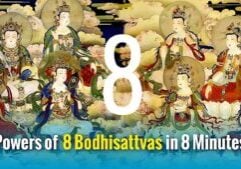Home
[smartslider3 slider=12]
Buddha Weekly's Latest Videos
[youtube-feed]
Buddha Weekly's Latest Features
Windhorse Tara Practice: Tara, the Wind of Life; Tara, Goddess of Wind, Buddha of Activity, Karma Mother
Tara Windhorse Practice is one of the most popular practices in Vajrayana and Mahayana — and according to the introduction from the teacher Trulshik Adeu Rinpoche: “This windhorse practice, relying upon Noble Lady Tārā, is a prayer that fulfils all wishes.” Here we provide PDF downloads of Pujas, Practices, Sadhanas, and Sutras...
Windhorse Tara Practice: Tara, the Wind of Life; Tara, Goddess of Wind, Buddha of Activity, Karma Mother
Protection from all Harm, Natural Disaster, Weather, Spirits, Evil, Ghosts, Demons, Obstacles: Golden Light Sutra: Chapter 14
SUPPORTING MEMBER VIDEO: Tara Windhorse – Buddhist Wish-Fulfilling Practice: the Mother of all Mantras, Chi, Wind and Prana
Guru Rinpoche is ready to answer and grant wishes: “Repeat this prayer continuously” for the granting of wishes
Vajrapani Vajra Armor Mantra Practice
Supreme Protection Vajra Armor Mantra is a powerful and profound practice of protection. In Sanskrit this is the Vajrakavaca mantra. In Tibetan it is called Dorje Go-drab. The sacred sounds of the mantra manifests an impenetrable armor of five colors of pure light around your body: white, red, blue, yellow and...
VIDEO: Vajrapani Vajra Armor Mantra: Supreme Protection of Dorje Godrab Vajrakavaca from Padmasambhava
Buddhist body mandala practice in Vajrayana Buddhism — and riding the winds of the inner body “The prana goes where the mind goes.””
SUPPORTING MEMBER VIDEO: Why Yidams Are the Ultimate Means of Accomplishment; the Lightning Path to Enlightenment
Yidam Lightning Path: Yidam is “Method of Accomplishment”; 48 Yidam Practices
Virudhaka Heavenly King Mantra — Wisdom, Growth and Protection, the “He Who Causes to Grow”
SUPPORTING MEMBER VIDEO: 8 Powers of 8 Bodhisattvas in 8 Minutes: Concise Daily Merit Practice with 8 Mantras
Buddha Weekly’s Special Section
Tara, Mother of all Buddhas
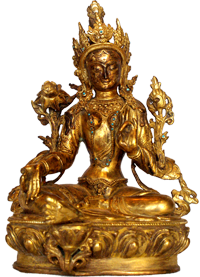

Karma Mother
How does Tara Help?
Tara, like any Mother, is ready to jump to our aid, even in mundane areas of life. She is the “practical Buddha” — the “Karma Mother” — the Buddha most active in our lives. Her Sanskrit name translates as “a star by which to navigate” — and like a star, she is always with us whenever we look for her.
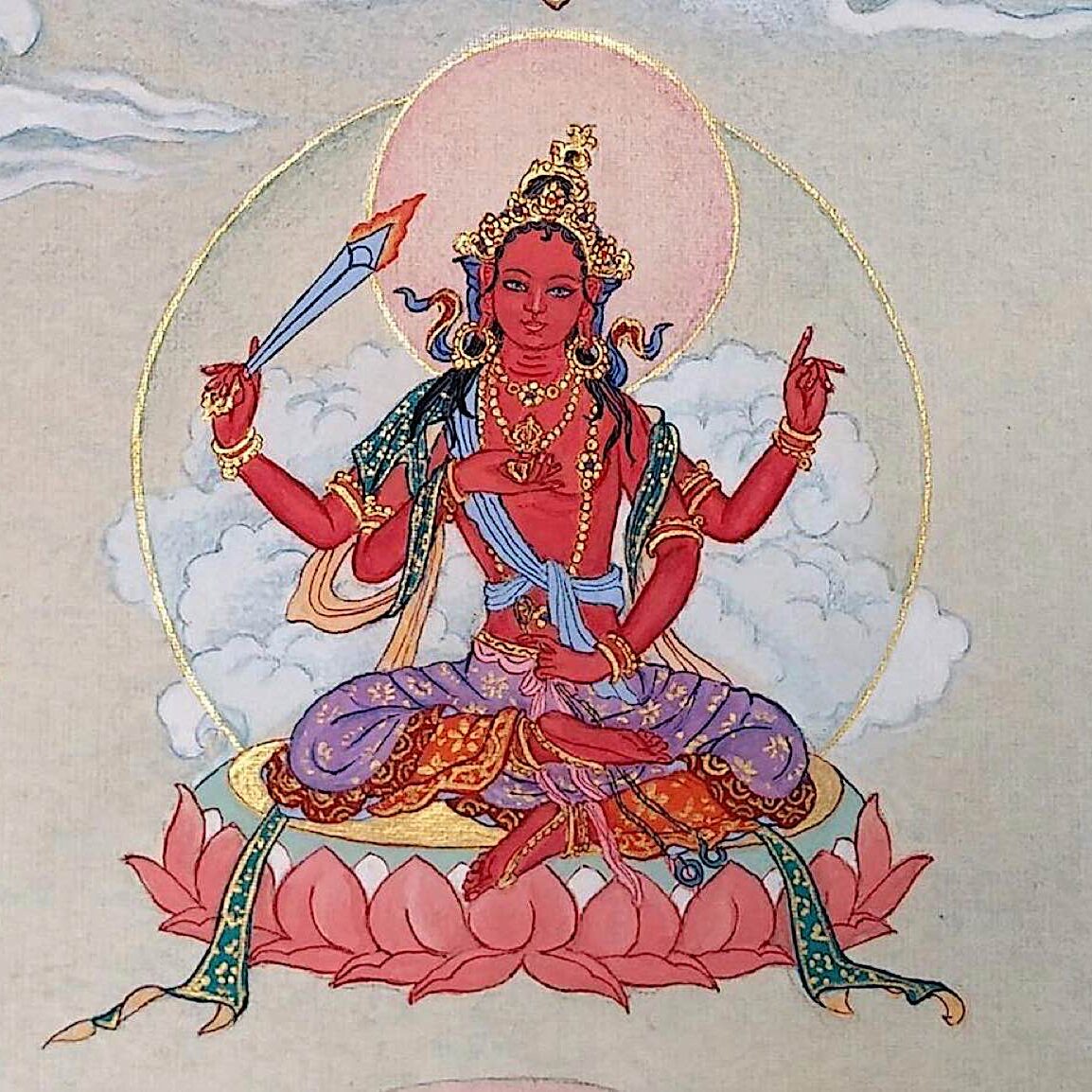
Tara on YouTube
21 Taras Mantra Video Playlist
An entire playlist of every one of the mantras for the 21 Taras. Don't miss the amazing Tara mantra chanting of Yoko Dharma for the each Tara of the 21 Taras according to Surya Gupta lineage. One video with many repetitions and visualized images for each Tara. The final video is the English-translated 21 Praises to Tara sung in English.




